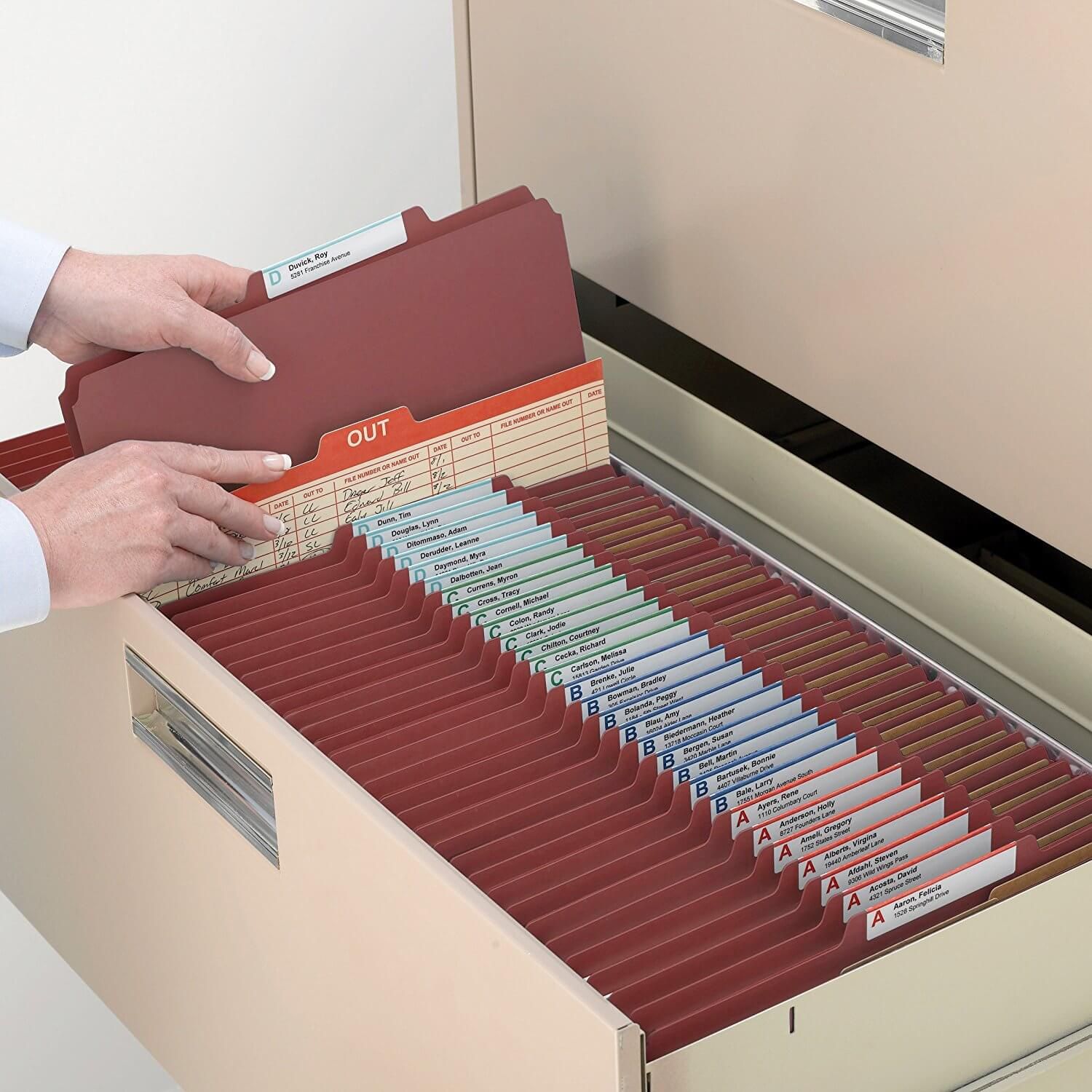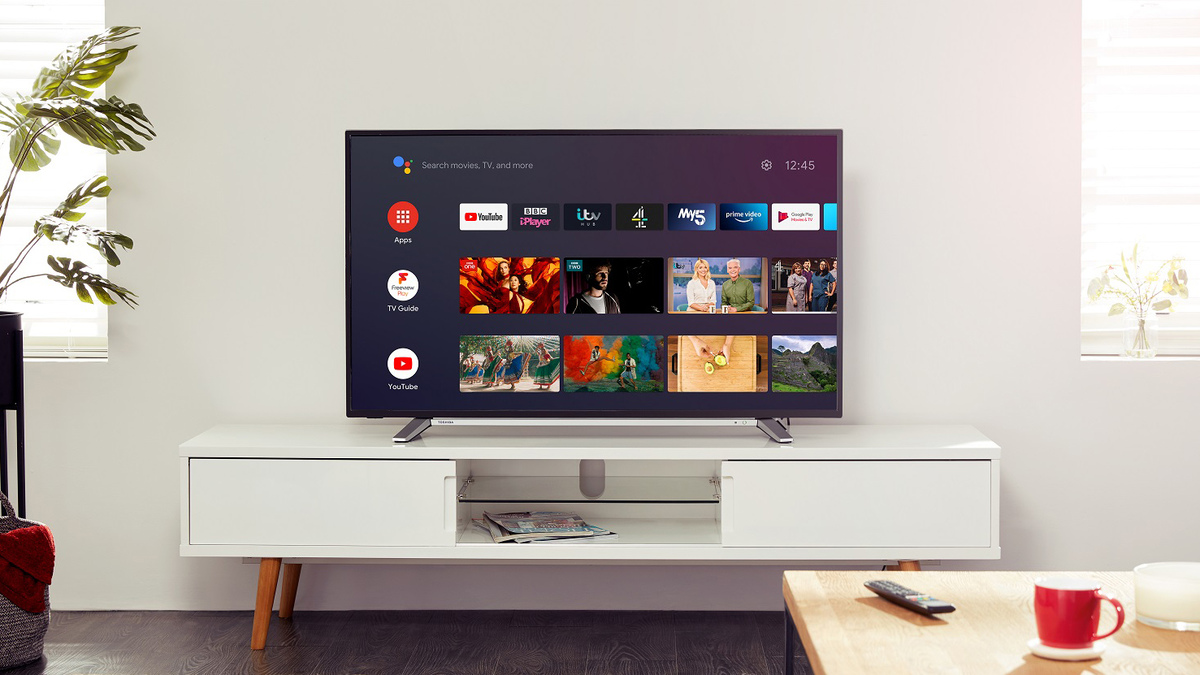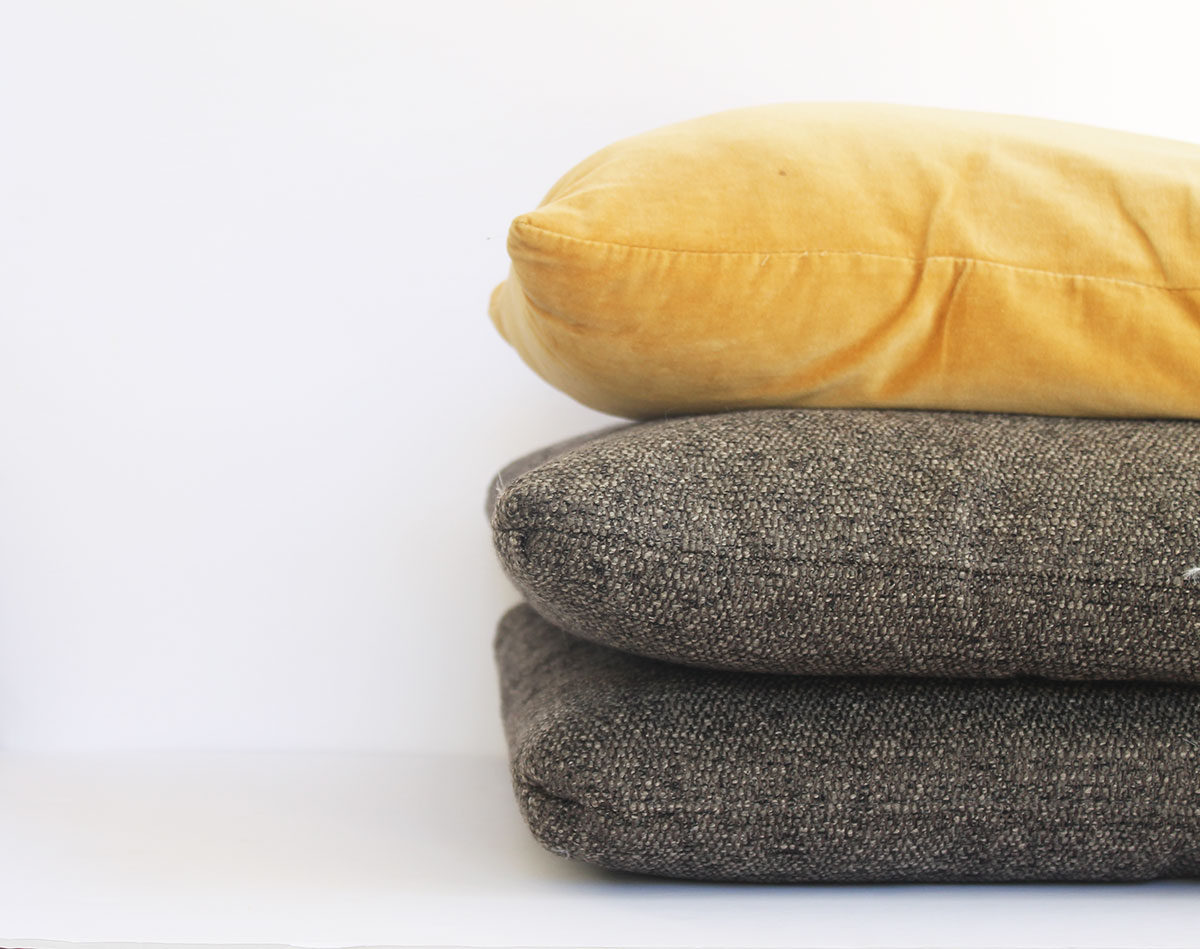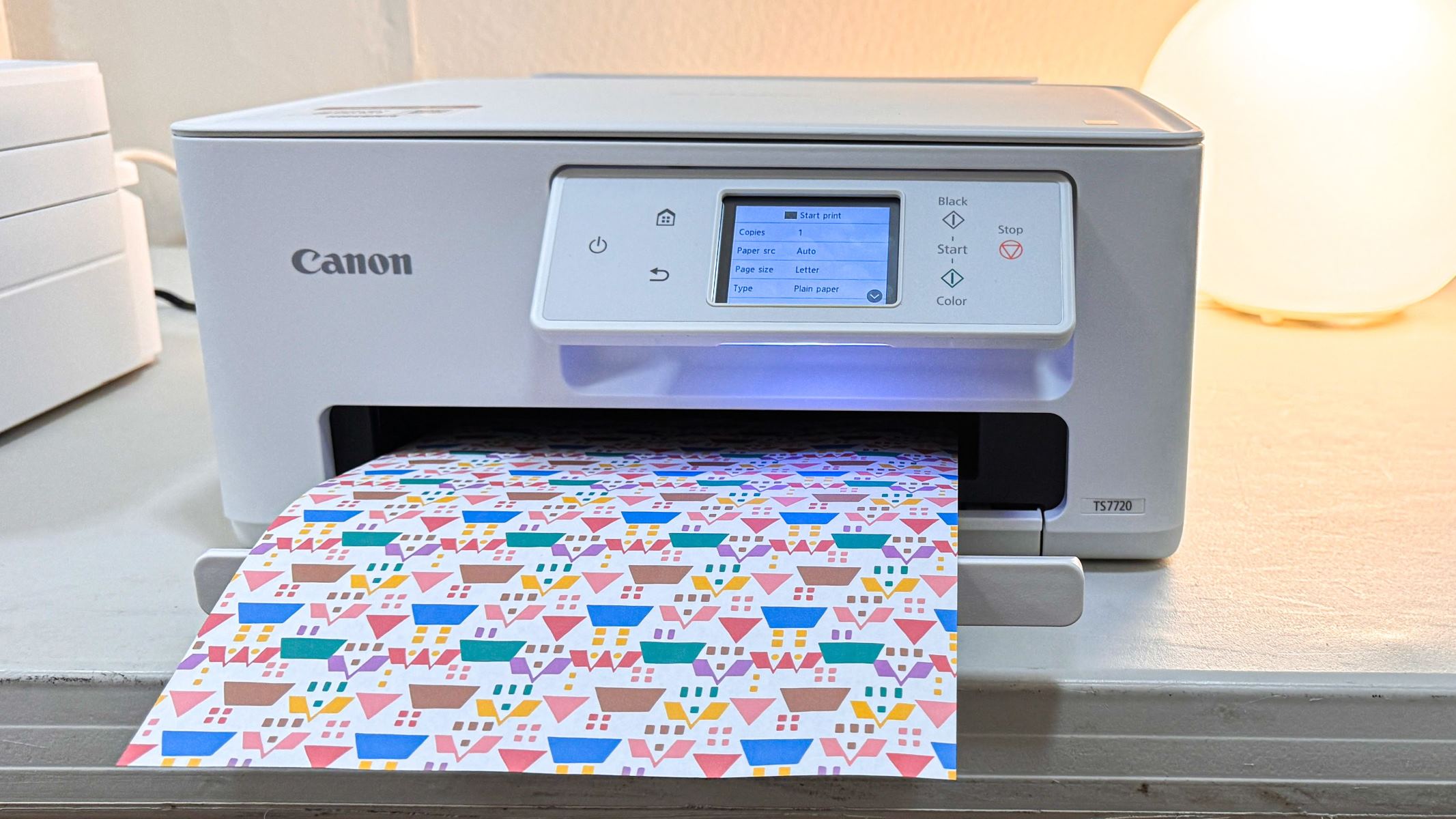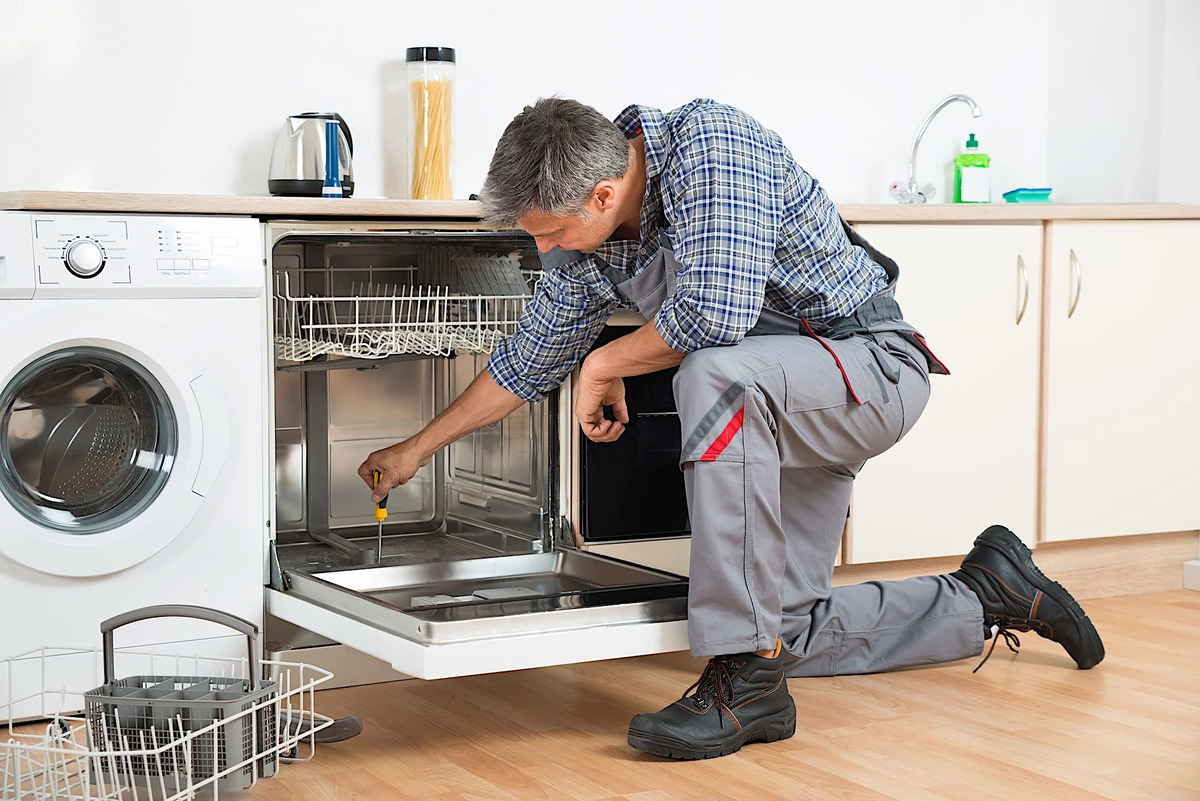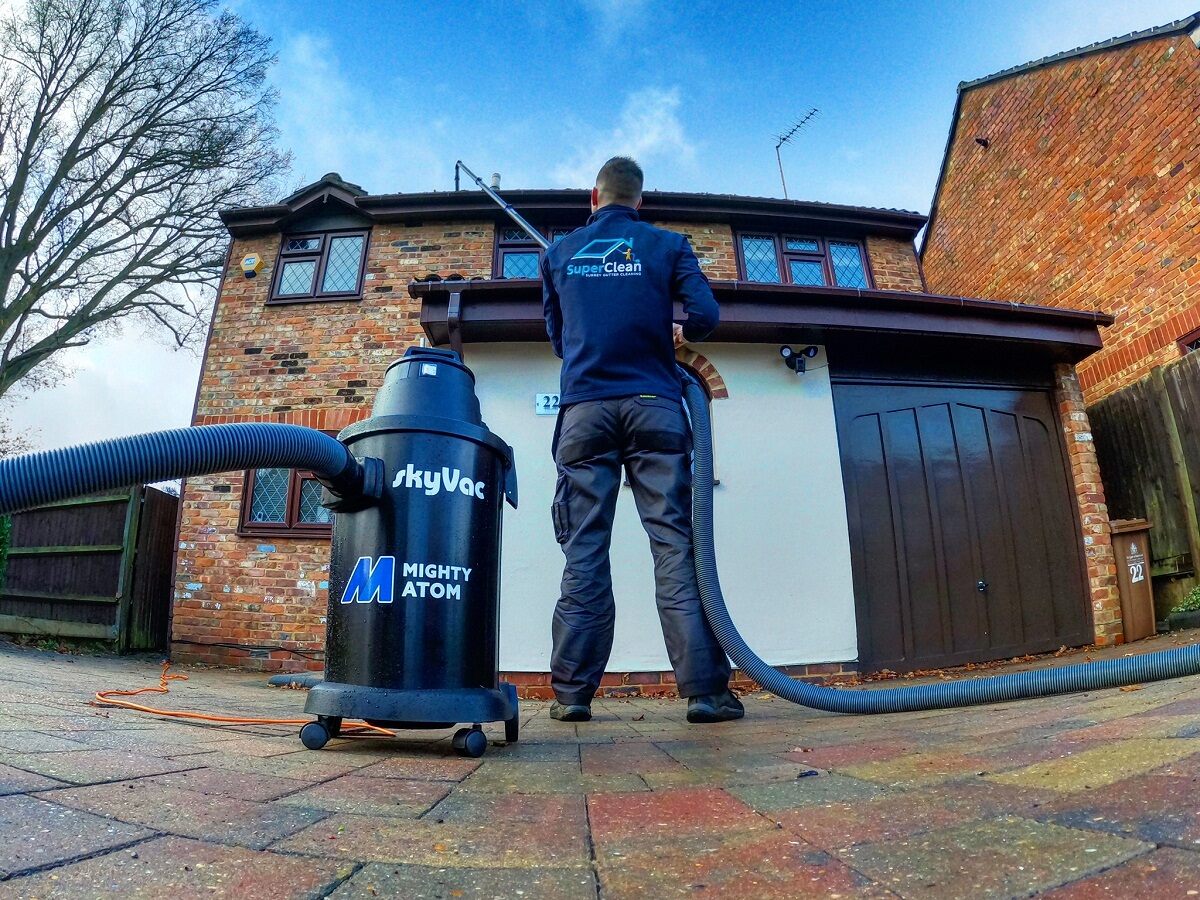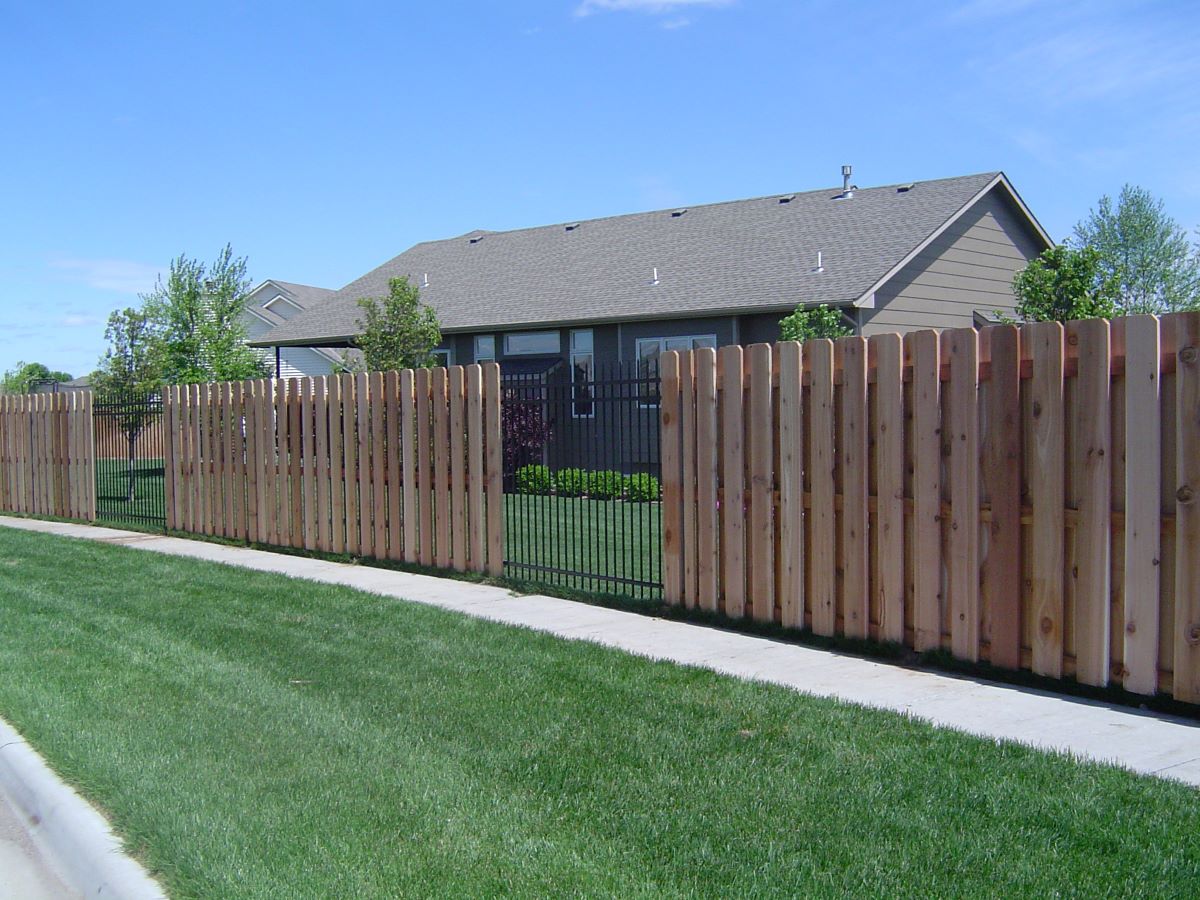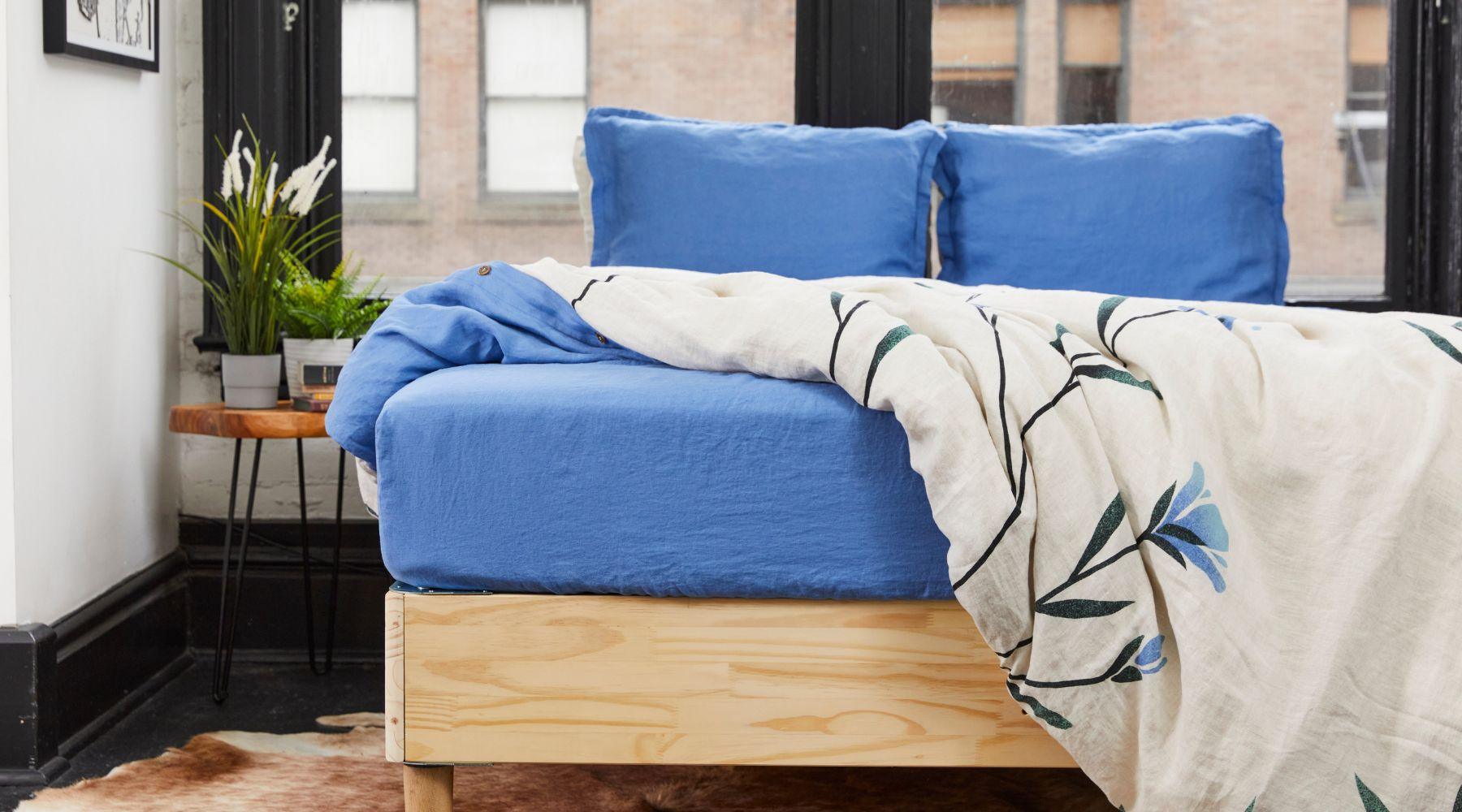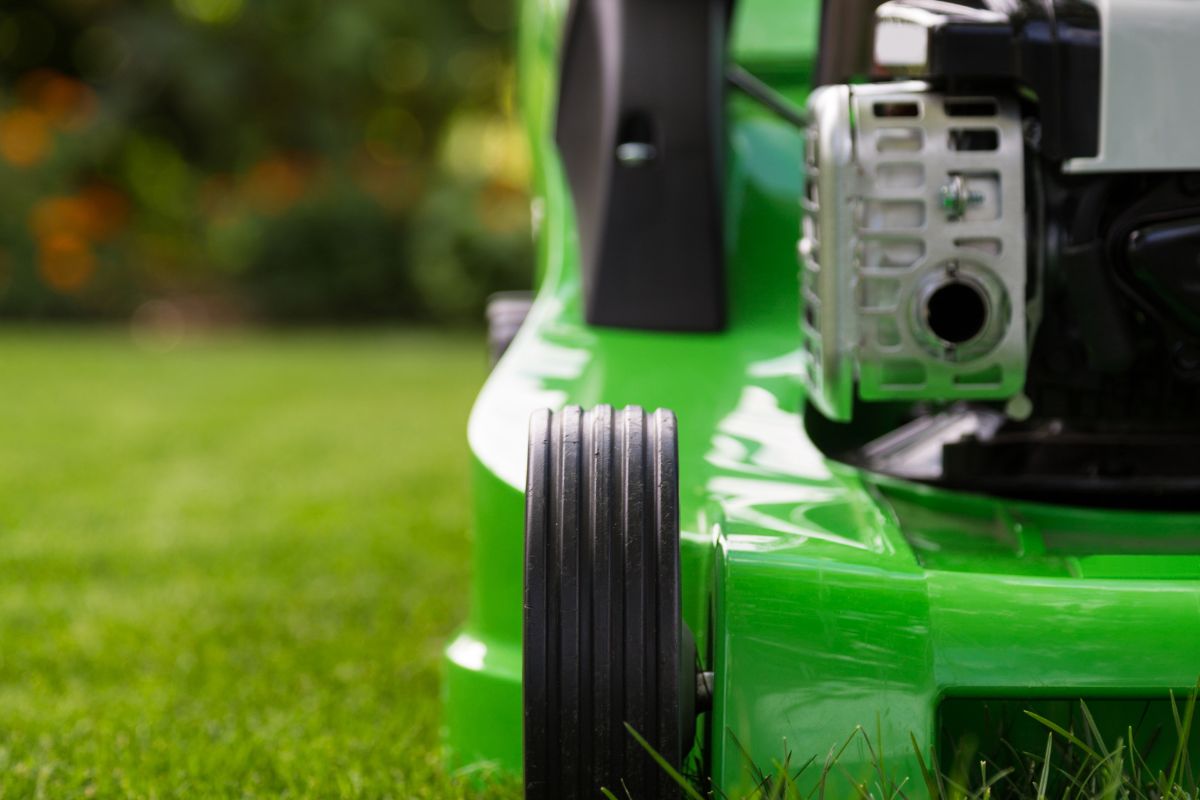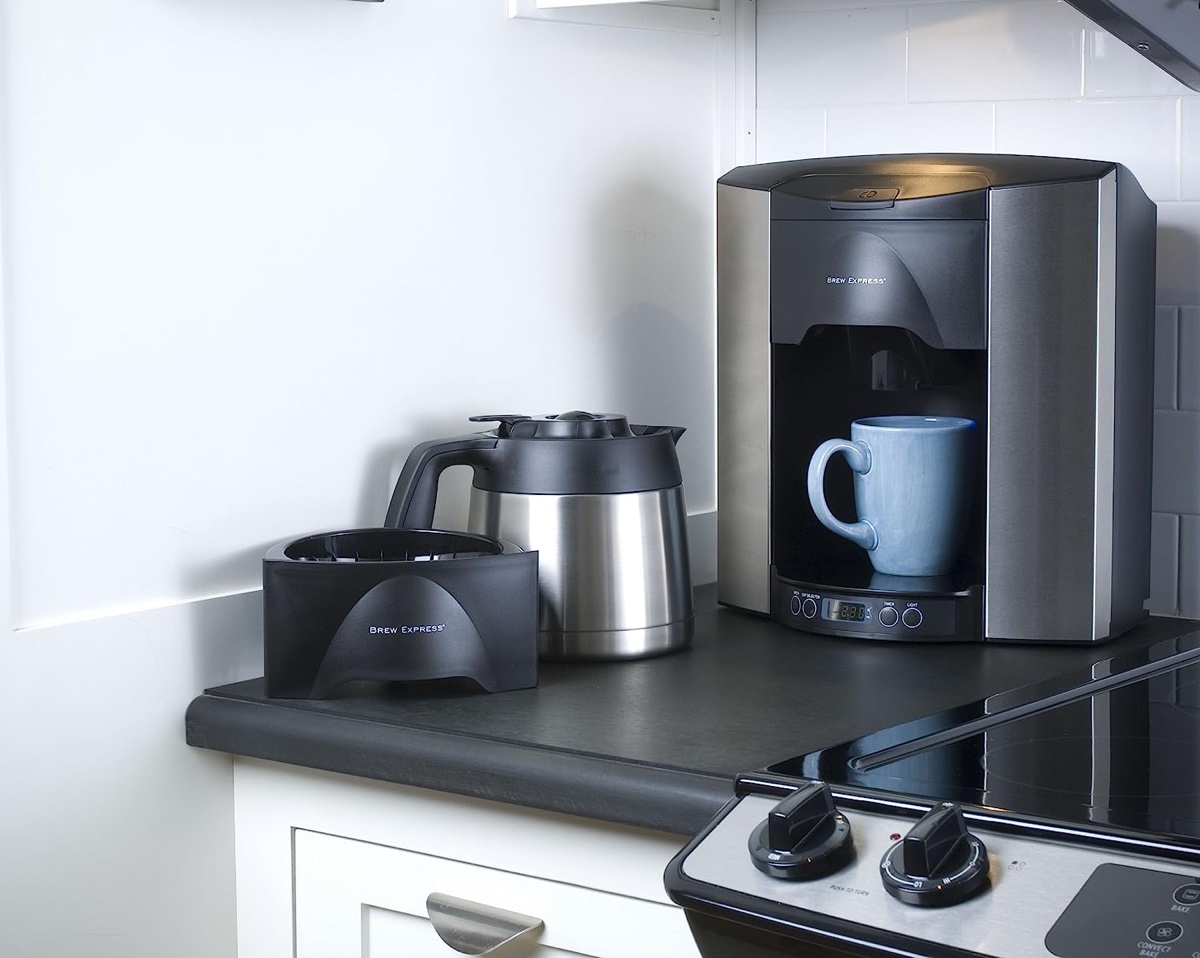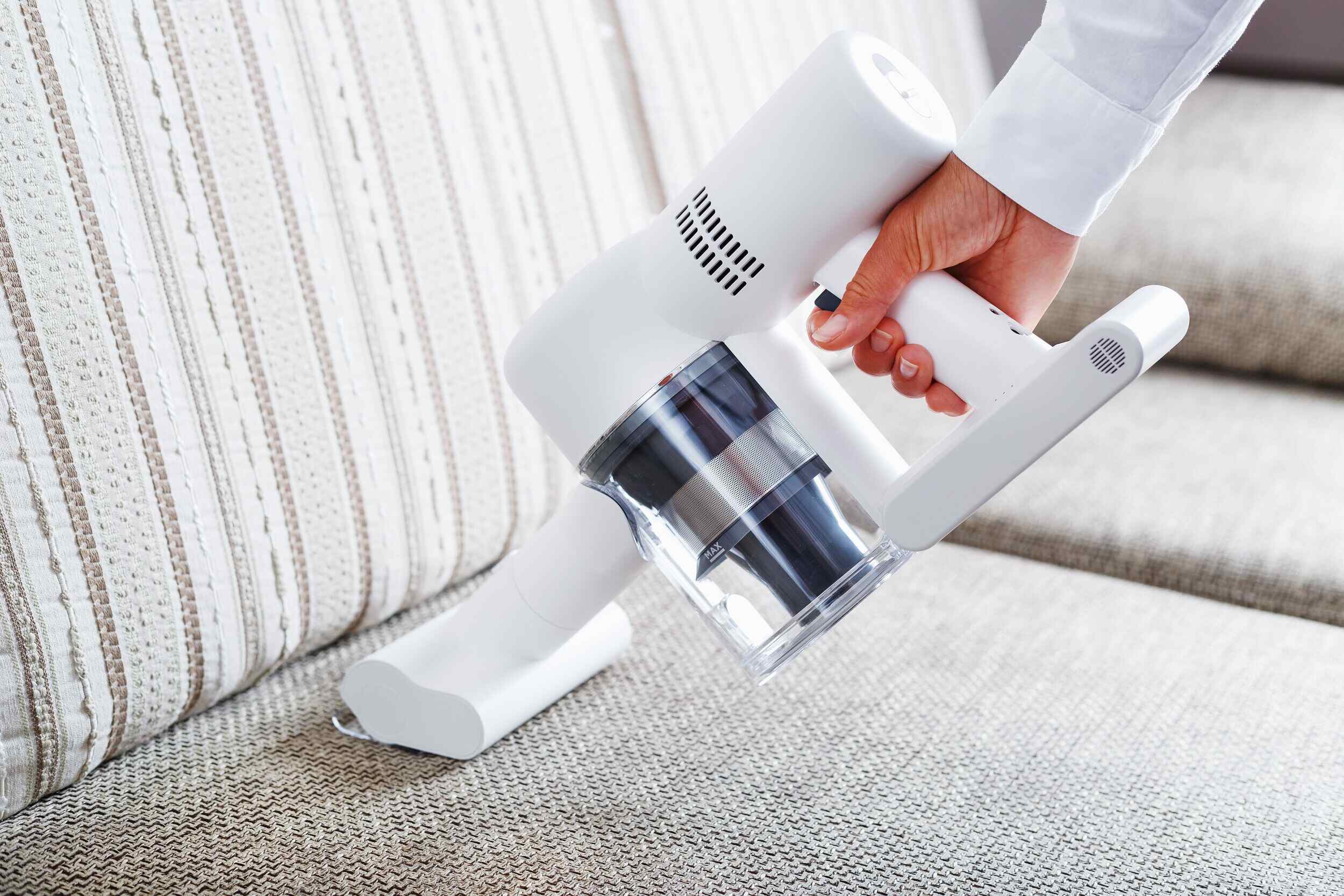Home>Articles>How Long Should Blinds Last In A Rental Property
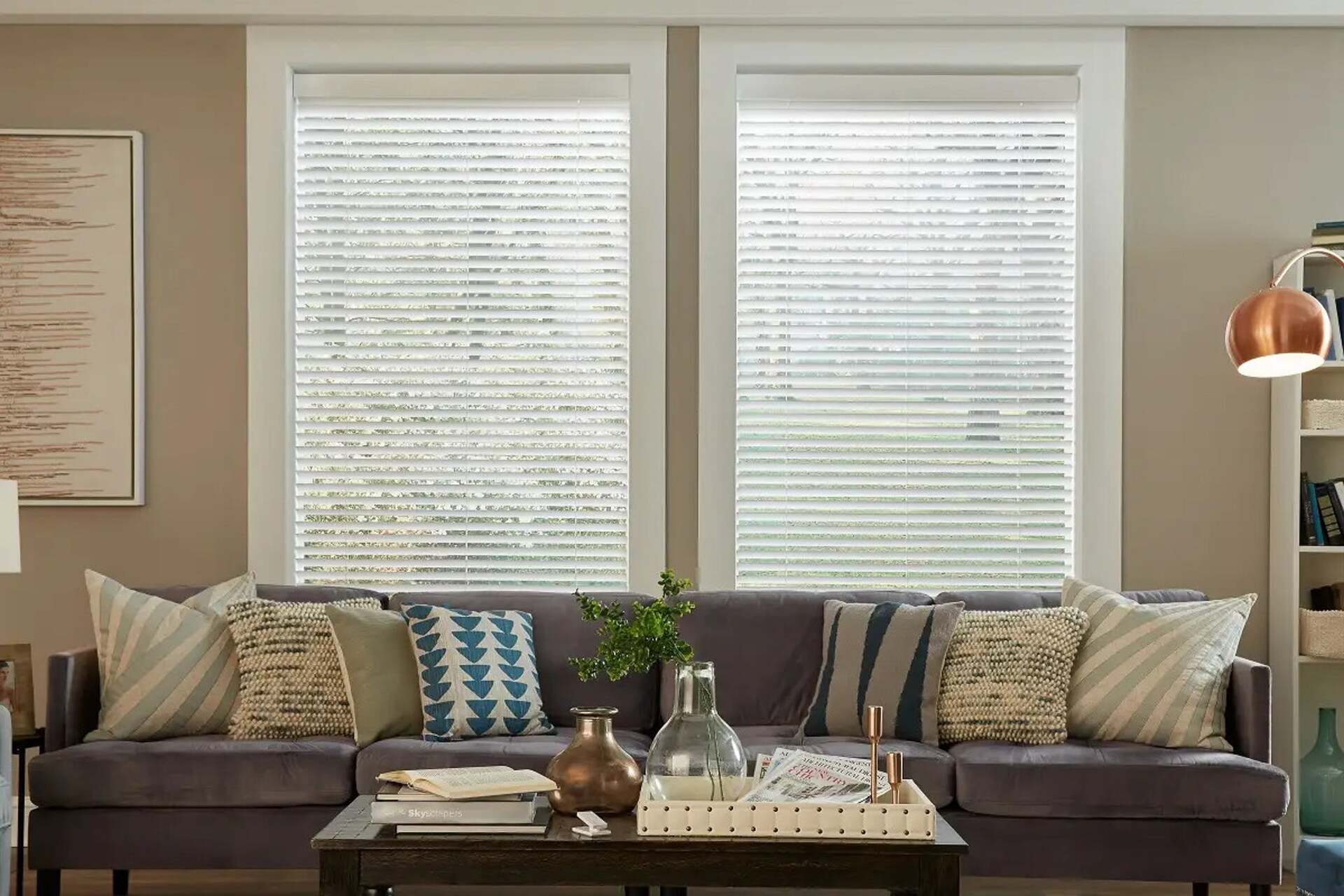

Articles
How Long Should Blinds Last In A Rental Property
Modified: September 1, 2024
Want to know how long blinds should last in a rental property? Check out our informative articles for expert tips and advice on maximizing the lifespan of blinds.
(Many of the links in this article redirect to a specific reviewed product. Your purchase of these products through affiliate links helps to generate commission for Storables.com, at no extra cost. Learn more)
Introduction
When it comes to managing a rental property, one of the key factors to consider is the longevity of the furnishings and fixtures. Blinds, in particular, play a crucial role in providing privacy, controlling sunlight, and enhancing the overall aesthetics of a rental unit. As a landlord or property owner, it is essential to understand how long blinds typically last in a rental and the factors that can affect their lifespan.
There are several factors that can impact the longevity of blinds in a rental property. These factors include the quality of the blinds, the materials they are made of, the frequency of use, the level of care and maintenance provided, and the specific environmental conditions in the rental unit.
It is important to note that there are different types of blinds available on the market, each with its unique characteristics and lifespan. Understanding the various types of blinds and their average lifespan can help landlords make informed decisions when it comes to selecting blinds for their rental properties or planning for replacements.
In this article, we will explore the different types of blinds commonly used in rental properties, the average lifespan of each type, signs that indicate blinds need replacement, and tips for extending the lifespan of blinds. Additionally, we will discuss the importance of proper maintenance and considerations for landlords when it comes to managing and replacing blinds in their rental units.
Key Takeaways:
- Blinds in rental properties can last anywhere from 5 to 15 years, depending on factors like material quality and maintenance. Landlords should invest in high-quality blinds and educate tenants on proper care to maximize their lifespan.
- Regular maintenance, gentle operation, and prompt replacement when needed are essential for extending the lifespan of blinds in rental properties. Well-maintained blinds not only enhance the property’s aesthetics but also contribute to tenant satisfaction and safety.
Read more: How Long Should Blinds Last
Factors Affecting Longevity of Blinds in Rentals
Several factors can significantly impact the lifespan of blinds in rental properties. Understanding these factors can help landlords make informed decisions and take necessary steps to ensure the longevity of their blinds. Let’s explore the key factors that can affect the lifespan of blinds in rentals:
- Quality of Materials: The quality of materials used in the construction of blinds plays a crucial role in determining their lifespan. Blinds made from high-quality materials tend to be more durable and resistant to wear and tear.
- Frequency of Use: The more frequently blinds are operated, the faster they may wear out. Rentals with tenants who open and close blinds multiple times a day are likely to experience a shorter lifespan for their blinds.
- Care and Maintenance: Proper care and maintenance can significantly extend the lifespan of blinds. Regular cleaning, dusting, and avoiding harsh cleaning agents can prevent damage and keep blinds in good condition.
- Environmental Conditions: The specific environmental conditions in a rental property can affect the longevity of blinds. Factors such as excessive sunlight, high humidity, or extreme temperatures can cause fading, warping, or discoloration of blinds.
- Tenant Behavior: The behavior of tenants can also impact the lifespan of blinds. Tenants who are careless or rough in handling blinds may cause damage that shortens their lifespan.
It is important for landlords to consider these factors and take proactive measures to mitigate the potential risks. Investing in blinds made from high-quality materials, providing care and maintenance instructions to tenants, and regularly inspecting blinds for any signs of damage can help ensure their longevity in rental properties.
Types of Blinds
Blinds come in various styles and materials, each with its unique features and aesthetic appeal. Understanding the different types of blinds can help landlords choose the right option for their rental properties. Let’s explore some of the most popular types of blinds:
- Vertical Blinds: Vertical blinds feature individual slats that hang vertically from a track. They are commonly used for large windows or sliding glass doors. Vertical blinds offer excellent light control and are easy to clean and maintain.
- Horizontal Blinds: Horizontal blinds, also known as Venetian blinds, are the most common type of blinds found in rental properties. They feature horizontal slats that can be adjusted to control light and privacy. Horizontal blinds are available in various materials such as aluminum, faux wood, or real wood.
- Roman Shades: Roman shades are fabric window coverings that stack up evenly when opened. They offer a soft and elegant look to any room and are available in a wide range of colors and patterns. Roman shades provide excellent insulation and light control.
- Roller Shades: Roller shades consist of a single piece of fabric that rolls up or down with the help of a spring mechanism. They are simple, yet effective, and are available in a variety of fabrics, colors, and opacities. Roller shades are easy to use and maintain.
- Honeycomb Shades: Honeycomb shades, also known as cellular shades, feature a unique honeycomb structure that provides excellent insulation. They are energy-efficient, trapping air in the cells to regulate temperature. Honeycomb shades are available in different opacities and can enhance the privacy and aesthetics of any room.
These are just a few examples of the types of blinds available for rental properties. It is important to consider the specific needs of your rental unit, the level of light and privacy control required, and the overall style and aesthetic you want to achieve when selecting blinds for your property.
Average Lifespan of Different Blinds
The lifespan of blinds can vary depending on several factors, including the quality of materials, the frequency of use, and how well they are maintained. While it is difficult to provide an exact lifespan for each type of blind, here are some average estimations:
- Vertical Blinds: Vertical blinds, when made from durable materials like PVC or vinyl, can last anywhere from 5 to 10 years with proper care and maintenance. However, cheaper materials may have a shorter lifespan.
- Horizontal Blinds (Venetian Blinds): Aluminum Venetian blinds can last around 8 to 10 years, while faux wood or real wood Venetian blinds can have a lifespan of 10 to 15 years or even longer, depending on the quality and treatment.
- Roman Shades: The average lifespan of Roman shades can range from 5 to 10 years. However, this can vary depending on the quality of the fabric and the frequency of operation.
- Roller Shades: Roller shades typically last for around 5 to 7 years. However, this can vary depending on the quality of the mechanisms and the fabric used.
- Honeycomb Shades (Cellular Shades): Honeycomb shades are known for their durability and can last anywhere from 7 to 10 years or even longer if well-maintained.
It’s important to keep in mind that these estimates are based on average usage and proper care. The lifespan of blinds can be significantly influenced by factors such as tenant behavior, environmental conditions, and overall maintenance.
Regular inspections and addressing any signs of wear and tear promptly can help extend the lifespan of blinds. In case blinds become damaged or worn out, it’s crucial to consider replacing them to maintain the visual aesthetics and functionality of your rental property.
Signs that Blinds Need Replacement
Blinds, like any other household item, will eventually reach a point where they need to be replaced. While the lifespan of blinds can vary depending on several factors, there are some signs that indicate it may be time for a replacement. Here are some common signs to look out for:
- Damaged or Broken Slats: If you notice that several slats are damaged, cracked, or broken, it may be a sign that the blinds have reached the end of their lifespan. Broken slats can impact the functionality and aesthetics of the blinds.
- Fading or Discoloration: Over time, exposure to sunlight can cause blinds to fade or change color. If the blinds have significant discoloration that cannot be cleaned or restored, it may be time to consider replacing them.
- Difficult Operation: If the blinds are becoming increasingly difficult to open or close, it may indicate that the mechanisms are worn out or damaged. This can be a safety hazard and an inconvenience for tenants, warranting a replacement.
- Visible Wear and Tear: Signs of wear and tear, such as frayed cords, bent or warped slats, or a sagging appearance, can indicate that the blinds have reached the end of their usable lifespan.
- Lack of Functionality: If the blinds are no longer able to effectively control light or provide privacy due to misalignment, sagging, or broken components, it’s a clear indication that they need to be replaced.
It is important to assess the condition of the blinds periodically and address any signs of damage or deterioration promptly. Continuing to use blinds that are worn out or damaged can not only compromise the functionality and aesthetics of the rental unit but also lead to safety hazards for the tenants.
When you notice any of the signs mentioned above, it’s advisable to consider replacing the blinds to maintain the overall appeal of the rental property and provide tenants with functional and visually pleasing window coverings.
Blinds in a rental property should last around 7-10 years with proper care and maintenance. Regular cleaning and avoiding excessive force when operating the blinds can help extend their lifespan.
Tips for Extending the Lifespan of Blinds
Proper care and maintenance are essential for maximizing the lifespan of blinds in rental properties. By following these tips, landlords can help ensure that their blinds stay in good condition and last longer:
- Regular Cleaning: Dust and debris can accumulate on blinds over time, leading to discoloration, deterioration, and even damage. Regularly dusting and cleaning blinds with a soft cloth, a duster, or a vacuum cleaner attachment can help prevent buildup and maintain their appearance.
- Avoid Harsh Cleaning Agents: When cleaning blinds, it’s important to avoid using harsh cleaning agents or abrasive materials. These can damage the blinds, especially if they are made of delicate or natural materials. Stick to mild soapy water or specifically formulated blind cleaning solutions.
- Gentle Operation: Encourage tenants to operate blinds gently and avoid pulling or tugging on them roughly. Excessive force can damage the mechanisms, bend or break slats, and cause premature wear and tear.
- Minimize Exposure to Sunlight: Excessive exposure to direct sunlight can fade and deteriorate blinds over time. Consider using curtains or drapes to provide an additional layer of protection against UV rays or install blinds with UV-resistant materials.
- Regular Inspections: Schedule regular inspections of the blinds to check for any signs of damage, wear and tear, or malfunctioning components. Addressing any issues promptly can help prevent further damage and extend the lifespan of the blinds.
- Provide Maintenance Instructions: Educate your tenants about proper blind maintenance and provide them with guidelines on how to care for and clean the blinds. This will help ensure that the blinds are treated properly and reduce the risk of accidental damage.
- Consider Child Safety: If the rental property caters to families with children, it is crucial to ensure that the blinds are child-safe. Replace corded blinds with cordless options or install cord safety devices to prevent accidents.
By implementing these tips and encouraging tenants to follow proper care and maintenance practices, landlords can significantly extend the lifespan of blinds in their rental properties. Regular maintenance and attention to detail not only help retain the functionality and aesthetics of the blinds but also contribute to a positive living experience for tenants.
Importance of Proper Maintenance
Proper maintenance is vital for ensuring the longevity and functionality of blinds in rental properties. Neglecting to maintain blinds can lead to various issues that not only affect the appearance of the rental unit but also disrupt the tenants’ comfort and safety. Here are some reasons why proper maintenance of blinds is essential:
- Prolongs Lifespan: Regular maintenance, such as dusting, cleaning, and addressing any signs of damage promptly, can extend the lifespan of blinds. By maintaining the blinds in good condition, landlords can avoid the need for frequent replacements, saving time and money in the long run.
- Enhances Aesthetics: Well-maintained blinds contribute to the overall visual appeal of a rental property. Clean and functioning blinds create an inviting atmosphere and improve the perceived value of the unit. On the other hand, neglected or damaged blinds can make the space appear neglected and decrease tenant satisfaction.
- Ensures Functionality: Proper maintenance ensures that blinds operate smoothly and effectively. Regular inspections and addressing any issues promptly help prevent further damage and ensure that blinds continue to provide light control, privacy, and insulation as intended.
- Improves Tenant Satisfaction: Well-maintained blinds contribute to the overall comfort and satisfaction of tenants. Clean and functional blinds allow tenants to control light and privacy, creating a pleasant living environment. This can lead to higher tenant retention rates and positive reviews.
- Reduces Safety Hazards: Neglected blinds with broken components or loose cords can pose safety hazards, especially if there are children present in the rental property. Proper maintenance, including ensuring cord safety devices are installed and in good working condition, helps prevent accidents and liability issues.
- Preserves Property Value: A well-maintained rental property, including blinds, retains its value over time. By investing in proper maintenance, landlords can preserve the quality and appearance of the blinds and the overall appeal of the rental unit for potential tenants or future property sales.
Overall, proper maintenance of blinds is crucial for both the longevity of the blinds themselves and the overall satisfaction and comfort of the tenants. By regularly cleaning, inspecting, and addressing any issues promptly, landlords can ensure that their rental properties maintain their visual appeal, functionality, and value.
Considerations for Landlords
As a landlord, managing the blinds in your rental property involves several considerations to ensure the longevity and satisfaction of your tenants. Here are some key considerations for landlords when it comes to blinds:
- Invest in Quality: Choosing blinds made from high-quality materials can significantly impact their lifespan. While it may require a higher upfront investment, quality blinds are more durable and less likely to require frequent replacements.
- Consider Tenant Preferences: Take into account the preferences and needs of your tenants when selecting blinds. Consider factors such as light control, privacy, and aesthetics to ensure that the blinds meet their expectations and enhance their living experience.
- Provide Maintenance Guidelines: Educate tenants on how to properly care for and maintain the blinds. Provide guidelines on cleaning techniques and products to use, as well as instructions on reporting any damages or issues promptly.
- Schedule Regular Inspections: Regularly inspect the blinds in your rental property to identify any signs of wear and tear or damage. This allows you to address any issues promptly and prevent further damage or safety hazards.
- Replace as Needed: When blinds show significant signs of damage or are near the end of their lifespan, it is crucial to plan for replacements. Budget and schedule replacements in a timely manner to maintain the aesthetics and functionality of the rental property.
- Consider Safety Measures: Ensure that the blinds in your rental property comply with safety regulations, especially if you have tenants with young children. Install cord safety devices or opt for cordless blinds to prevent accidents and promote a safe living environment.
- Keep Records: Maintain proper records of when blinds were installed, repaired, or replaced. This helps you track the lifespan of the blinds and provides valuable information for future maintenance, inspections, or potential property sales.
By considering these factors and taking proactive measures, landlords can ensure that the blinds in their rental properties are well-maintained, meet tenant expectations, and contribute to the overall satisfaction and comfort of their tenants.
Conclusion
Blinds play a significant role in rental properties by providing privacy, controlling sunlight, and enhancing the overall aesthetics of the space. Understanding the average lifespan of blinds and implementing proper maintenance practices are crucial for landlords to ensure the longevity and functionality of these window coverings.
Factors such as the quality of materials, frequency of use, care and maintenance, environmental conditions, and tenant behavior can all influence the lifespan of blinds in rental properties. It is important for landlords to consider these factors when selecting blinds for their properties and to educate their tenants on proper maintenance practices.
There are various types of blinds available, including vertical blinds, horizontal blinds, Roman shades, roller shades, and honeycomb shades. Each type has its unique characteristics and lifespan. Being aware of the average lifespan of different blinds can help landlords make informed decisions and plan for replacements when necessary.
Signs that indicate blinds need replacement include damaged or broken slats, fading or discoloration, difficult operation, visible wear and tear, and lack of functionality. Addressing these signs promptly can prevent further damage and ensure the safety and satisfaction of tenants.
By following tips for extending the lifespan of blinds, including regular cleaning, gentle operation, minimizing exposure to sunlight, and providing proper maintenance guidelines, landlords can maximize the lifespan of blinds in their rental properties. Proper maintenance not only prolongs the lifespan of the blinds but also enhances the aesthetics, functionality, and tenant satisfaction.
Overall, as a landlord, it is essential to prioritize proper maintenance, consider tenant preferences, and proactively address any issues with the blinds in your rental properties. By doing so, you can ensure the longevity and functionality of the blinds, enhancing the overall appeal and value of your rental properties for years to come.
Frequently Asked Questions about How Long Should Blinds Last In A Rental Property
Was this page helpful?
At Storables.com, we guarantee accurate and reliable information. Our content, validated by Expert Board Contributors, is crafted following stringent Editorial Policies. We're committed to providing you with well-researched, expert-backed insights for all your informational needs.
